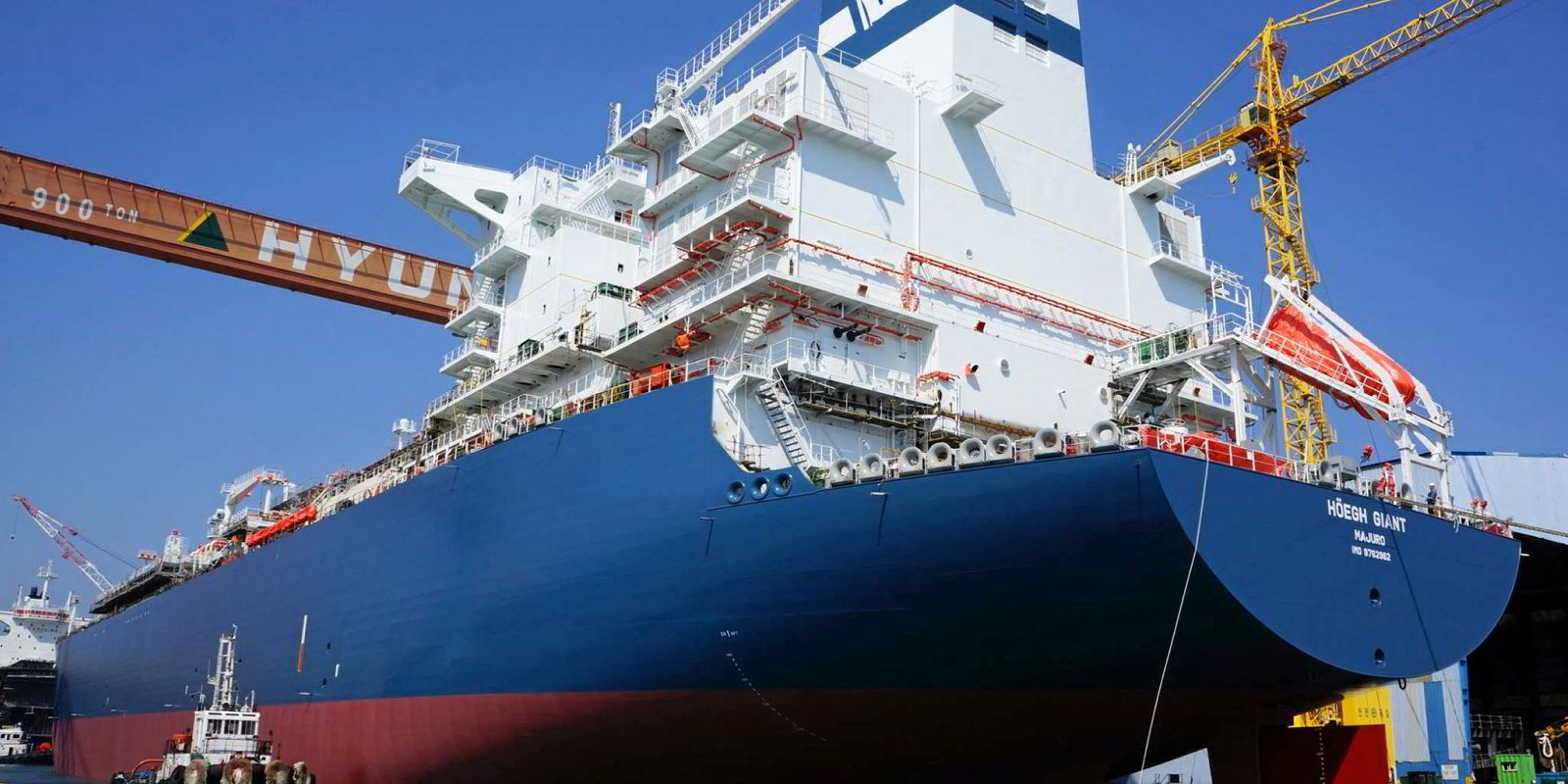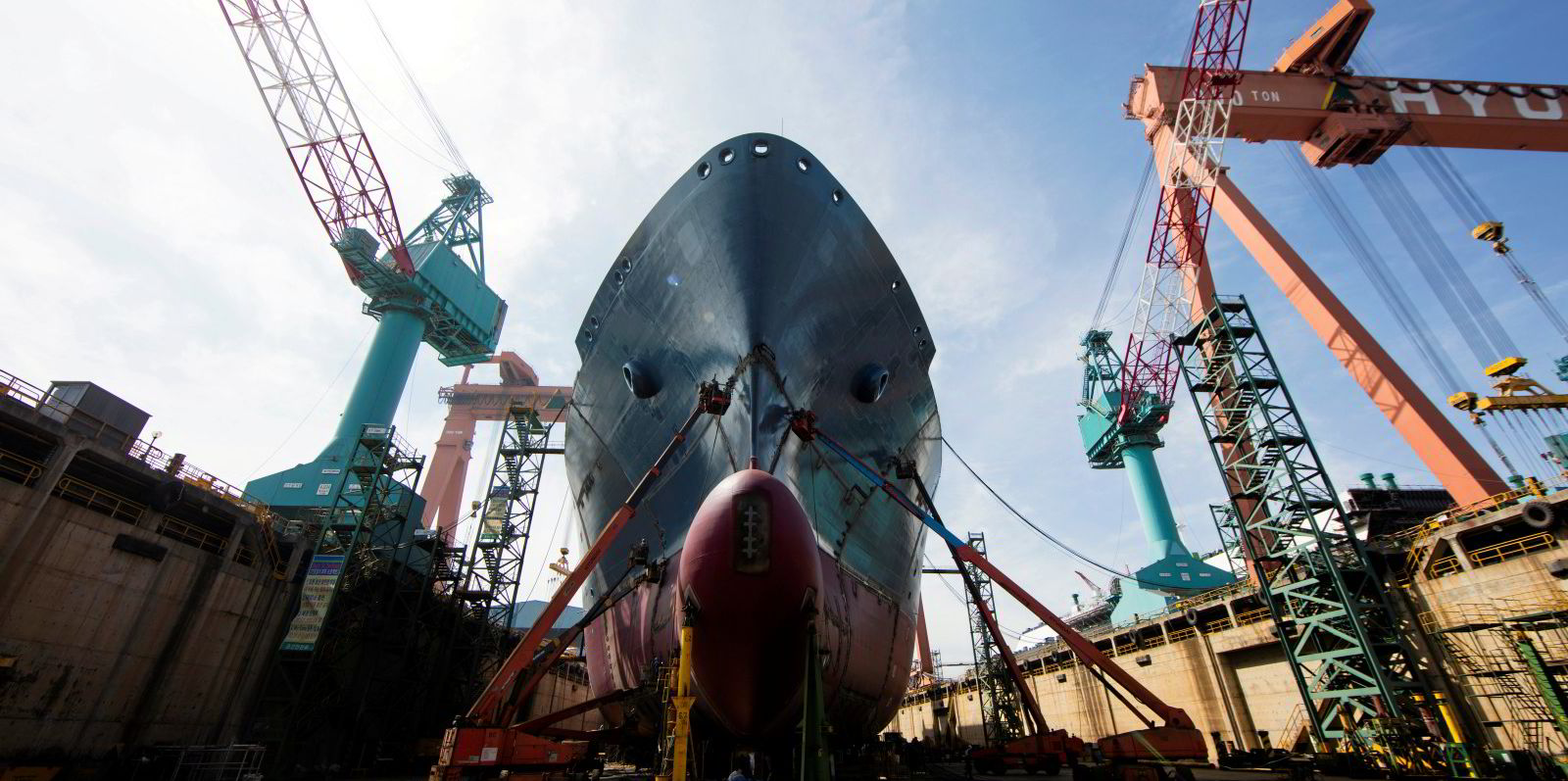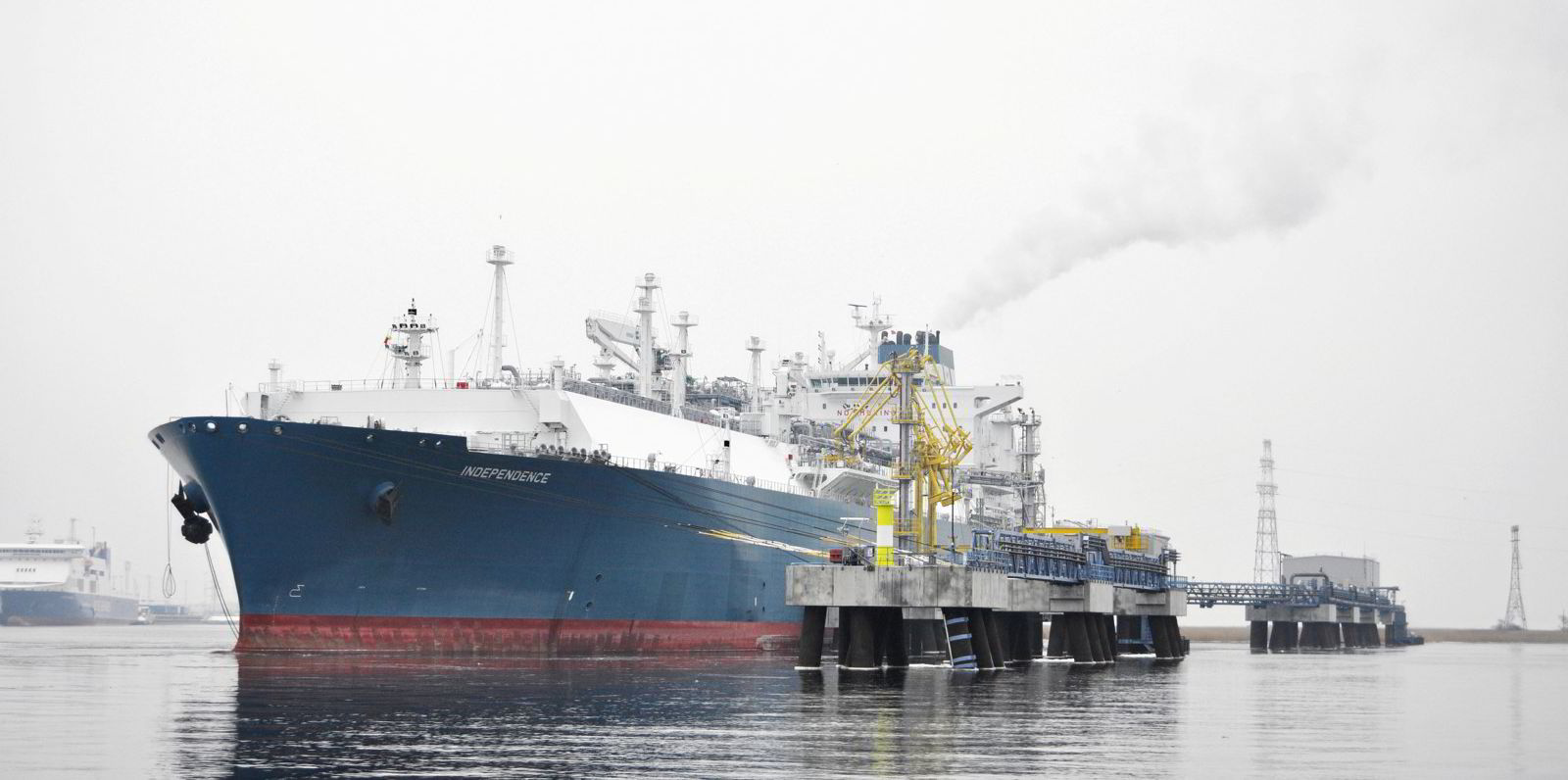The charterer of India’s first floating storage and regasification unit (FSRU) has sought to arrest the vessel just over a year into the 10-year charter from Norway’s Hoegh LNG.
The 170,000-cbm FSRU Hoegh Giant (built 2017) was the subject of a 6 May arrest application by charterer Western Concessions, the wholly-owned subsidiary of India’s H-Energy that is in charge of the company’s gas terminal operations.
Lawyers for Hoegh LNG appeared before the Bombay High Court and promised the ship will not sail from Jaigarh port before 8 June, according to a document posted on India’s online court website.
The charter of the ship is not set to end before 2026 at the earliest, according to Hoegh LNG financial filings.
Few details are available in the dispute, and officials of Hoegh LNG and H-Energy did not respond to enquiries.
The move comes amid desperate demand for hard-to-find FSRUs, as European countries seek alternatives to Russian pipeline imports. On 5 May, Hoegh LNG announced that it has signed binding agreements with German state authorities to charter out two unnamed FSRUs for 10 year periods beginning next year.
The Hoegh Giant is now on 10-year time charter to H-Energy, a subsidiary of India’s Hiranandani real-estate group. H-Energy fixed the ship in 2020, to begin employment in 2021. The charter has annual cancellation options but only after the fifth year. In the company’s recently released annual report for 2021, Hoegh LNG reiterated the ship’s employment status.
AIS vessel data shows that all has not gone as planned with the ship’s employment.
In April 2021, H-Energy chief executive officer Darshan Hiranandani, son of group founder Naranjan Hiranandani, announced that the Hoegh Giant had arrived from Keppel Shipyard as India’s first FSRU, to serve the Jaigarh Terminal in Maharashtra south of Mumbai on India’s west coast.
From there, the chartered vessel can feed its regasified natural gas into India’s grid through the 56-km long Jaigarh-Dabhol pipeline, the company said. With its stored LNG, it can supply trucks, as well as potentially LNG bunkering vessels and other small ships.
But by July 2021, India’s first FSRU quietly sailed from Jaigarh and commenced seven months of international trading. Its customer at that time is not known, as H-Energy’s Dubai-based LNG trading arm had been liquidated after losses linked to speculative deals, according to an April 2021 report by Bloomberg.
The Hoegh Giant returned to its jetty at Jaigarh at the beginning of March. H-Energy then made substantially the same announcement it had made a year earlier, once again greeting the ship as India’s first FSRU.
“With the berthing of the FSRU, it will now be gearing up towards commissioning it in the coming weeks,” the company said in an announcement that made no mention of the apparent false start a year previously.
“We welcome the FSRU with immense pride to our Jaigarh terminal,” Hiranandani commented on the company website.
The Hoegh Giant is not even the first Hoegh vessel to have been hailed as India’s first FSRU.
As far back as 2018, the 145,130-cbm Cape Ann (built 2010), owned by affiliate Hoegh LNG Partners, arrived at Jaigarh under subcharter from Total Gas & Power. But that engagement was cut short by port infrastructure issues and later by a costly boil-off dispute.





